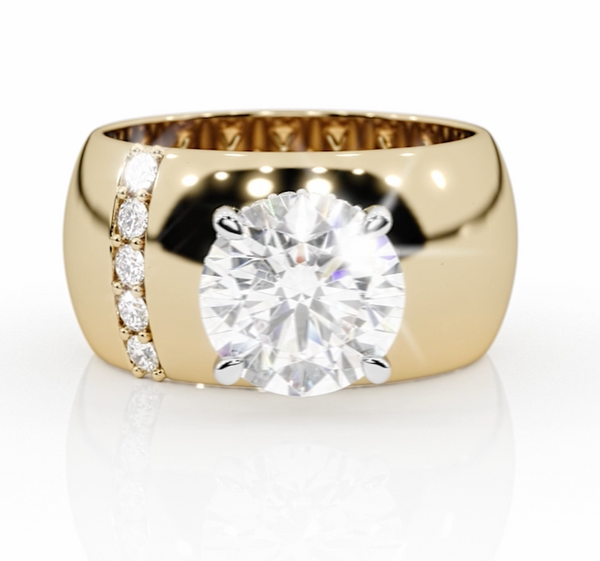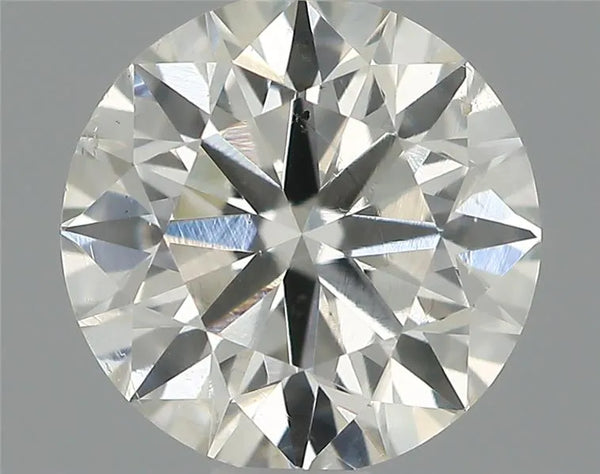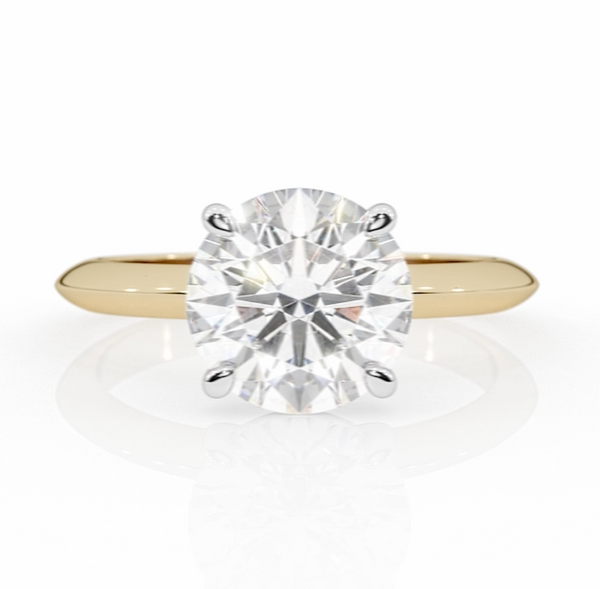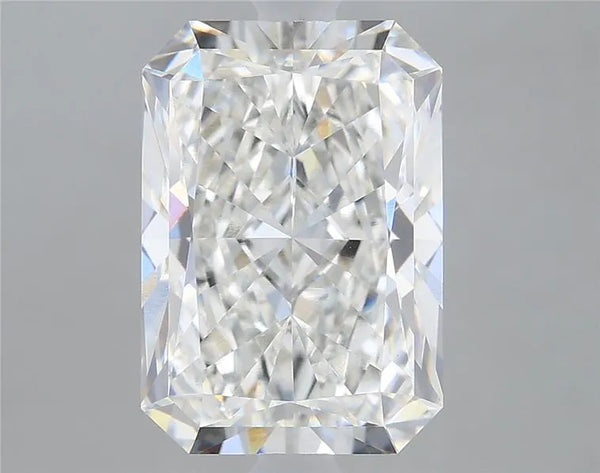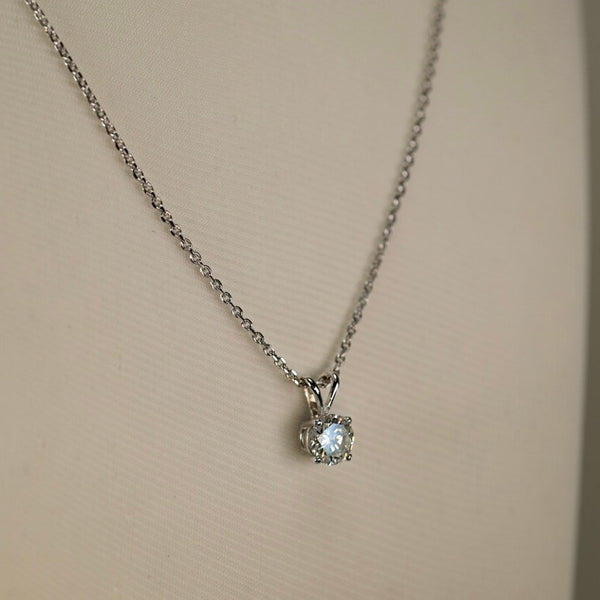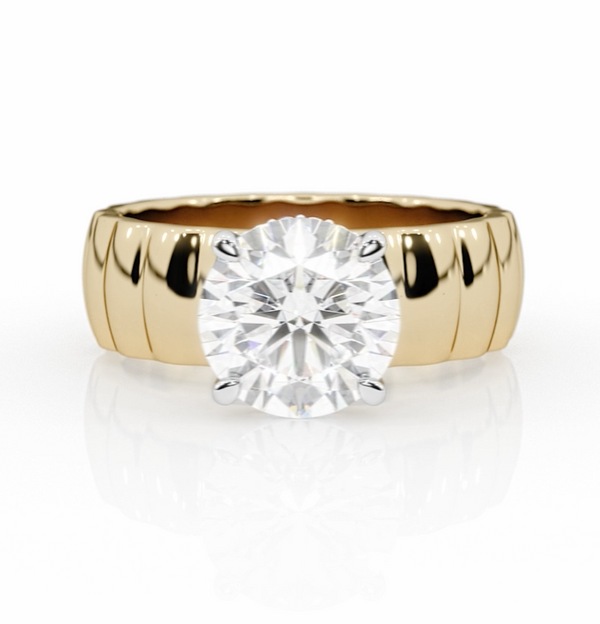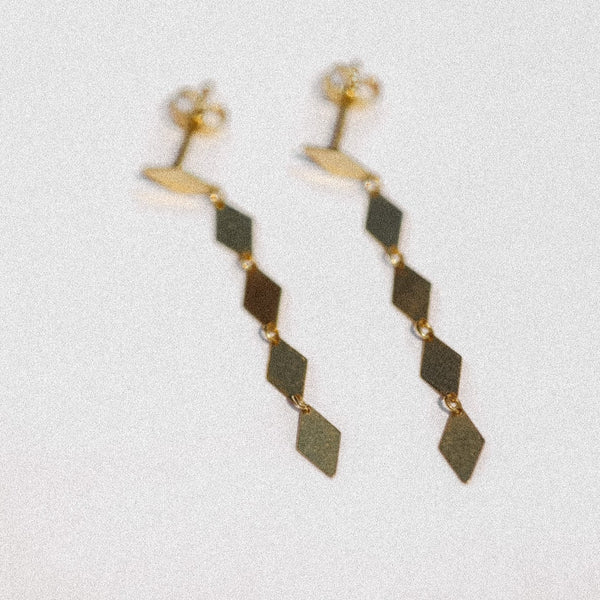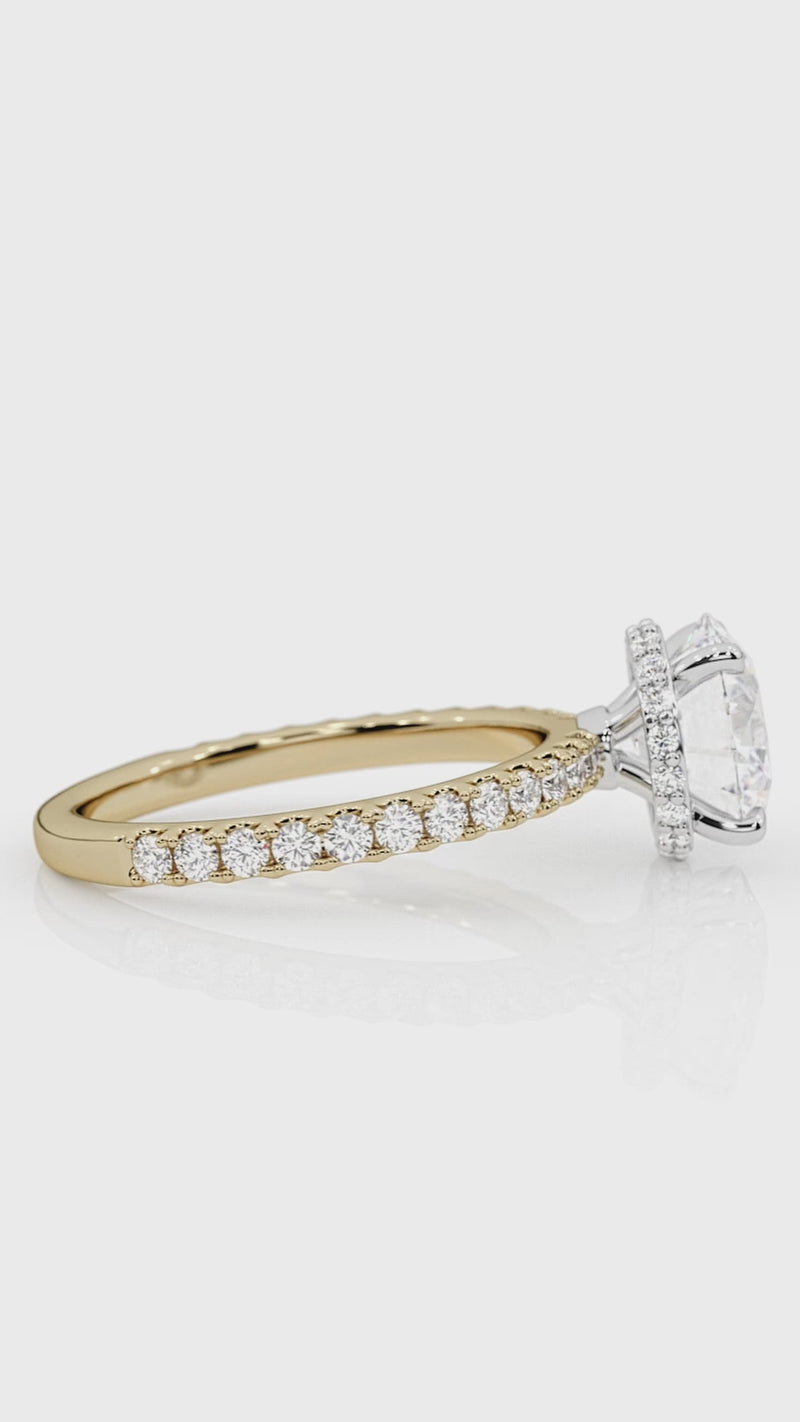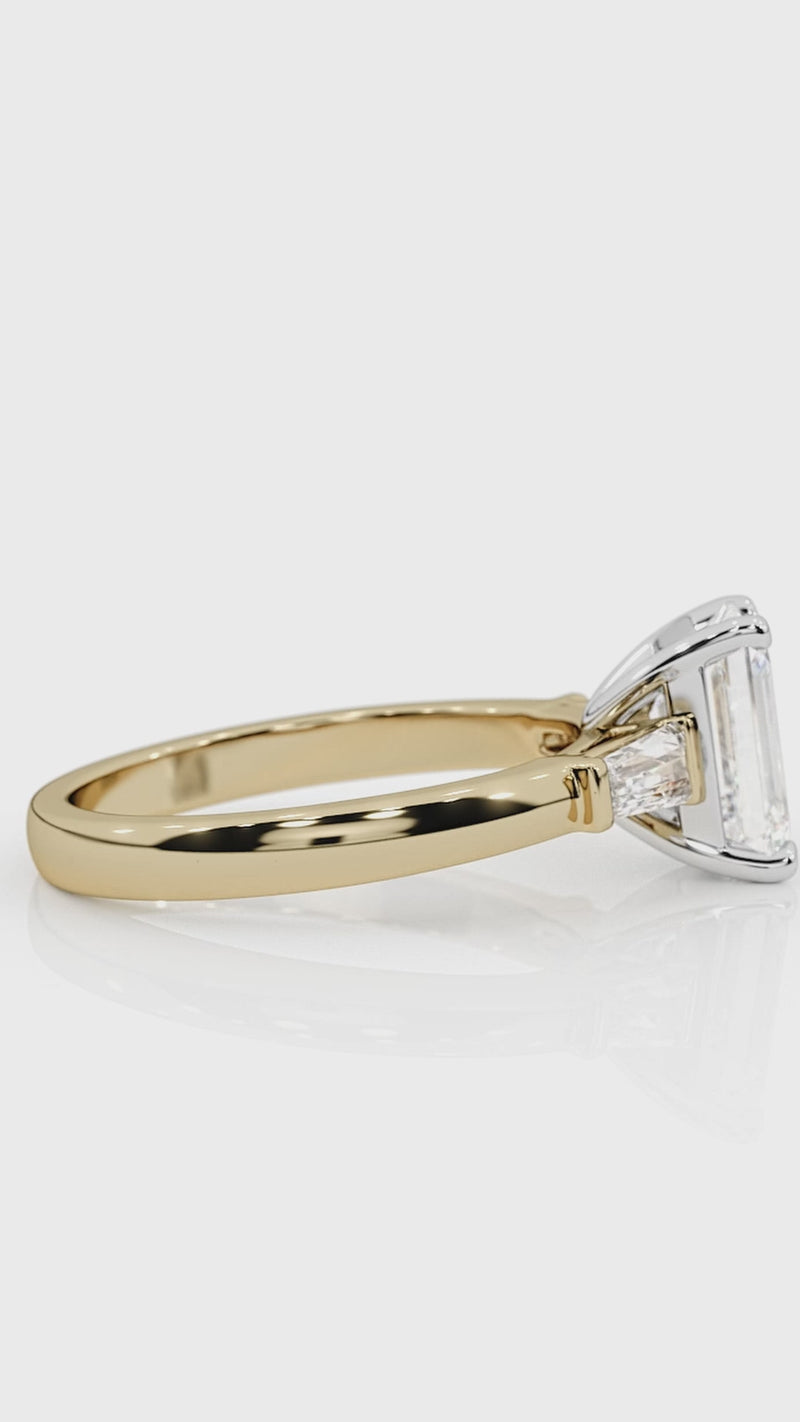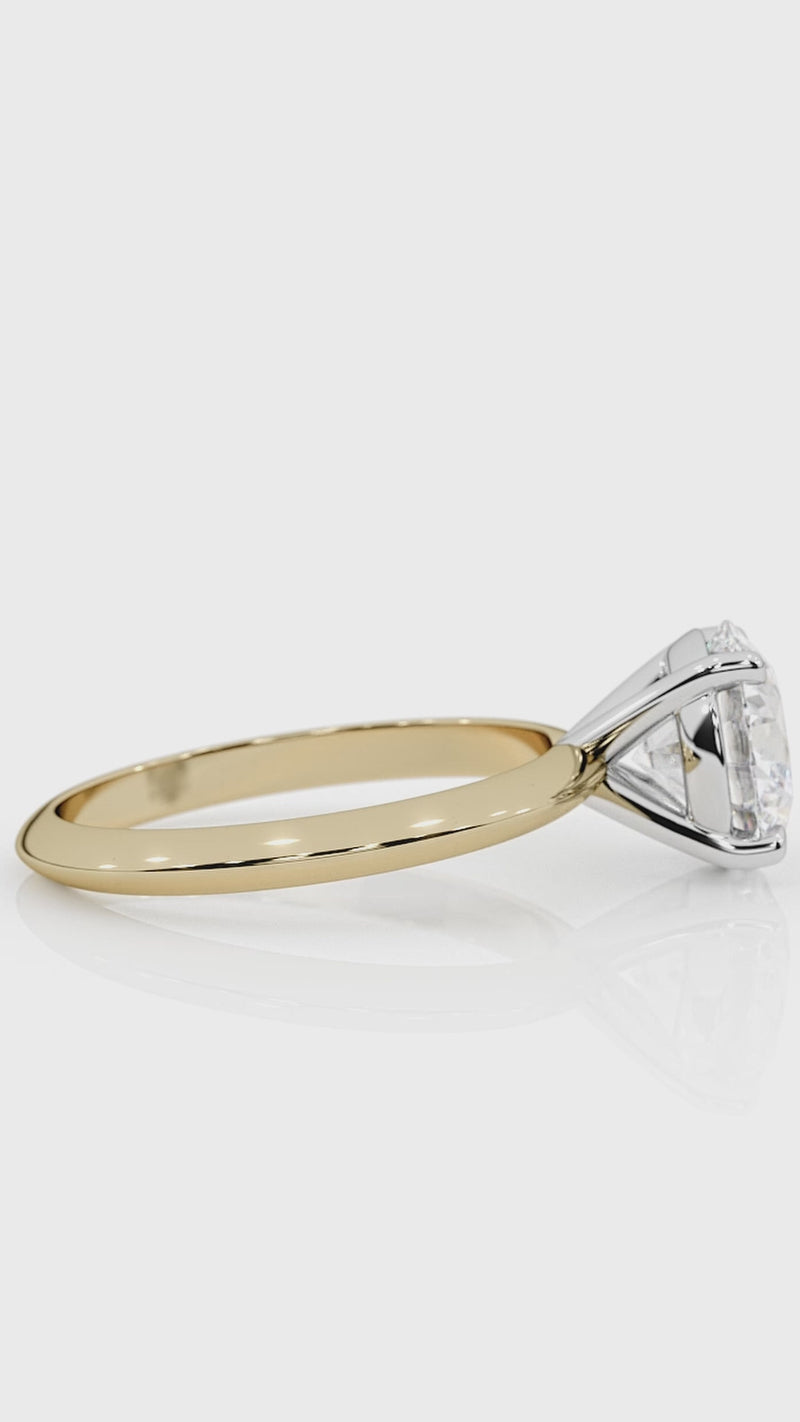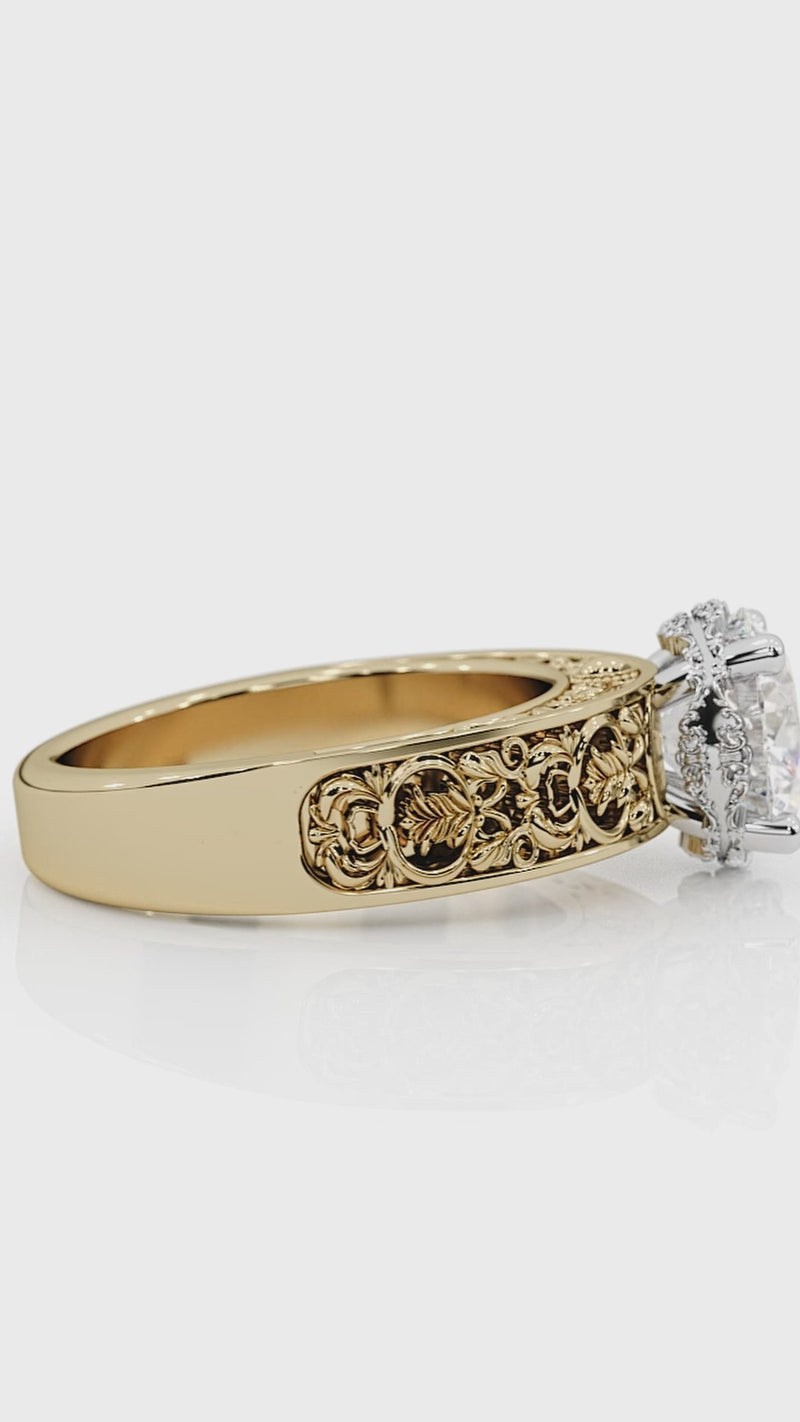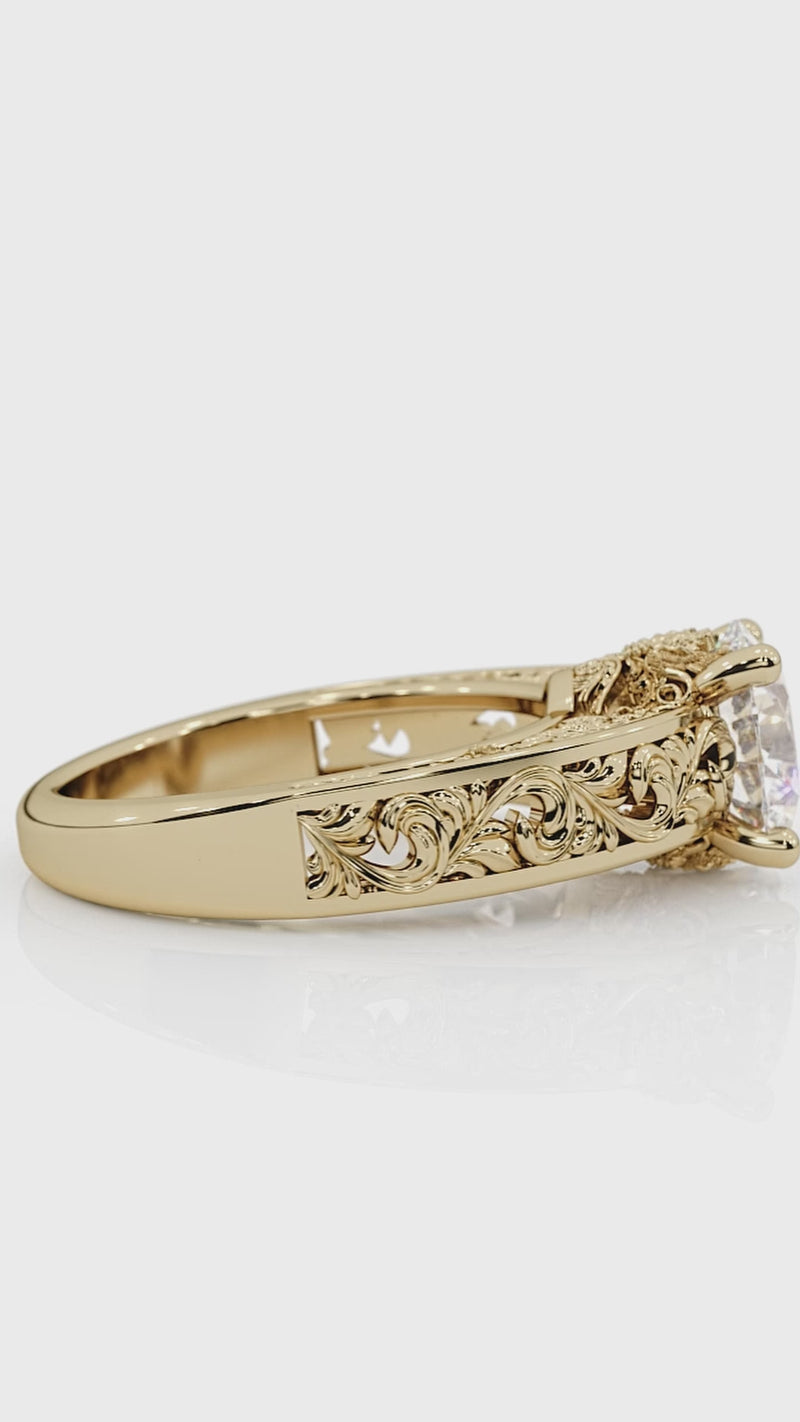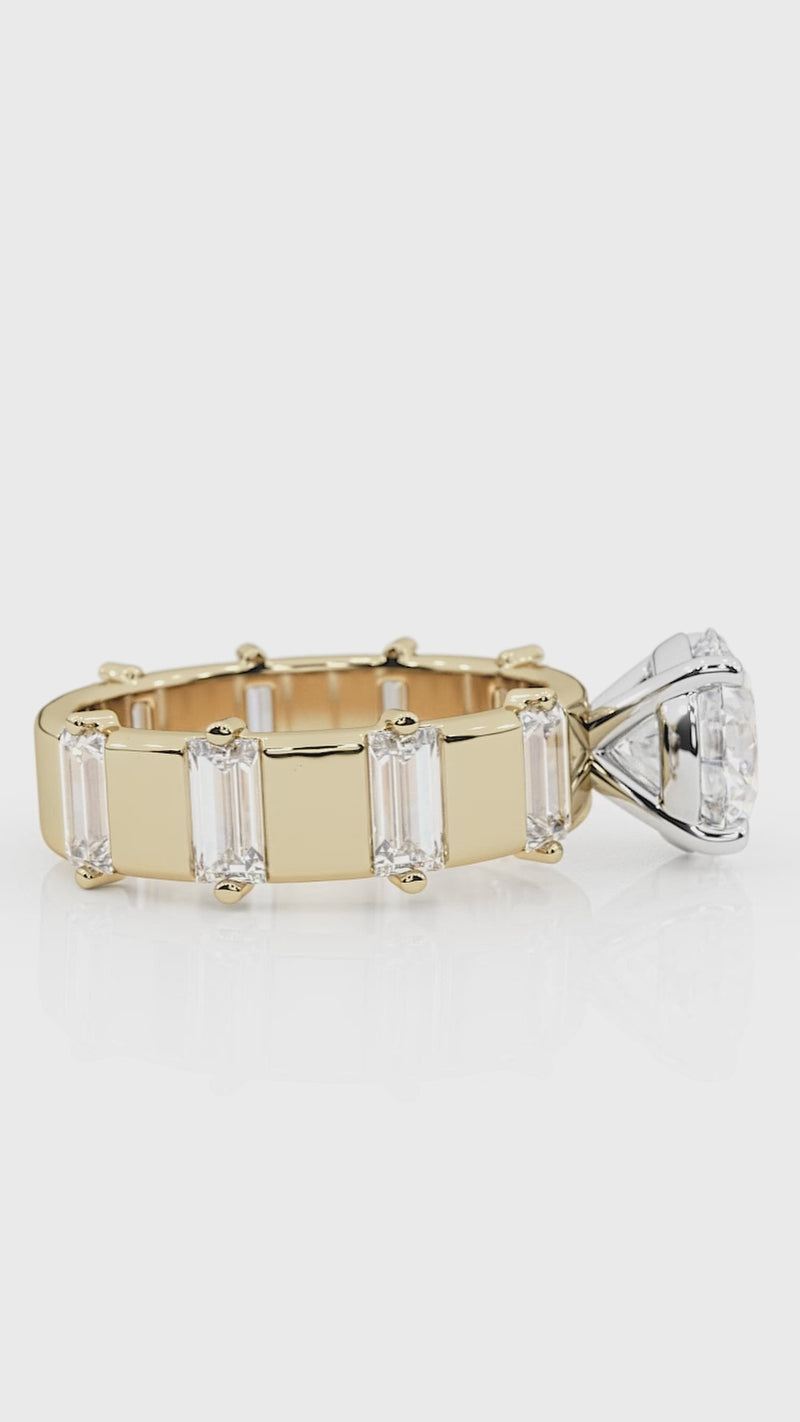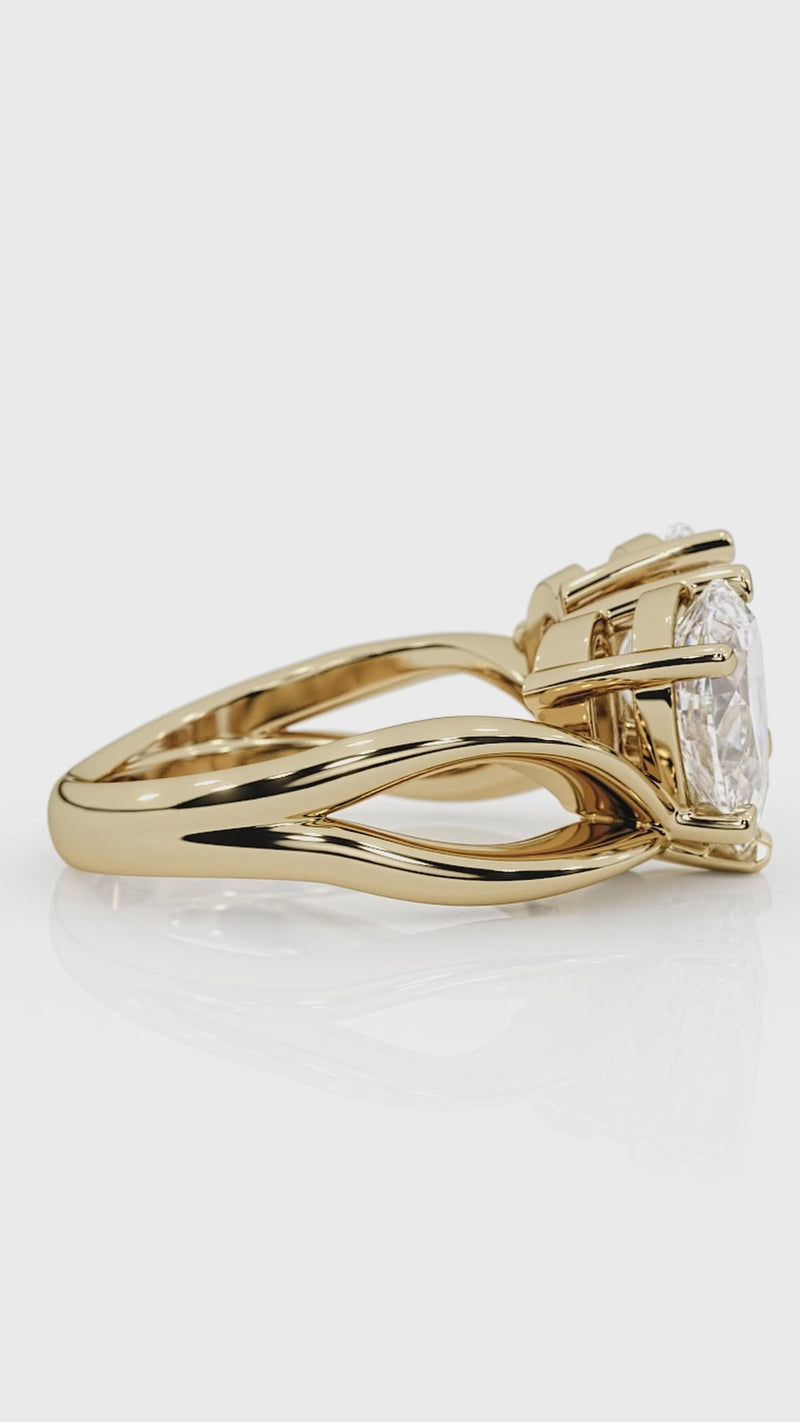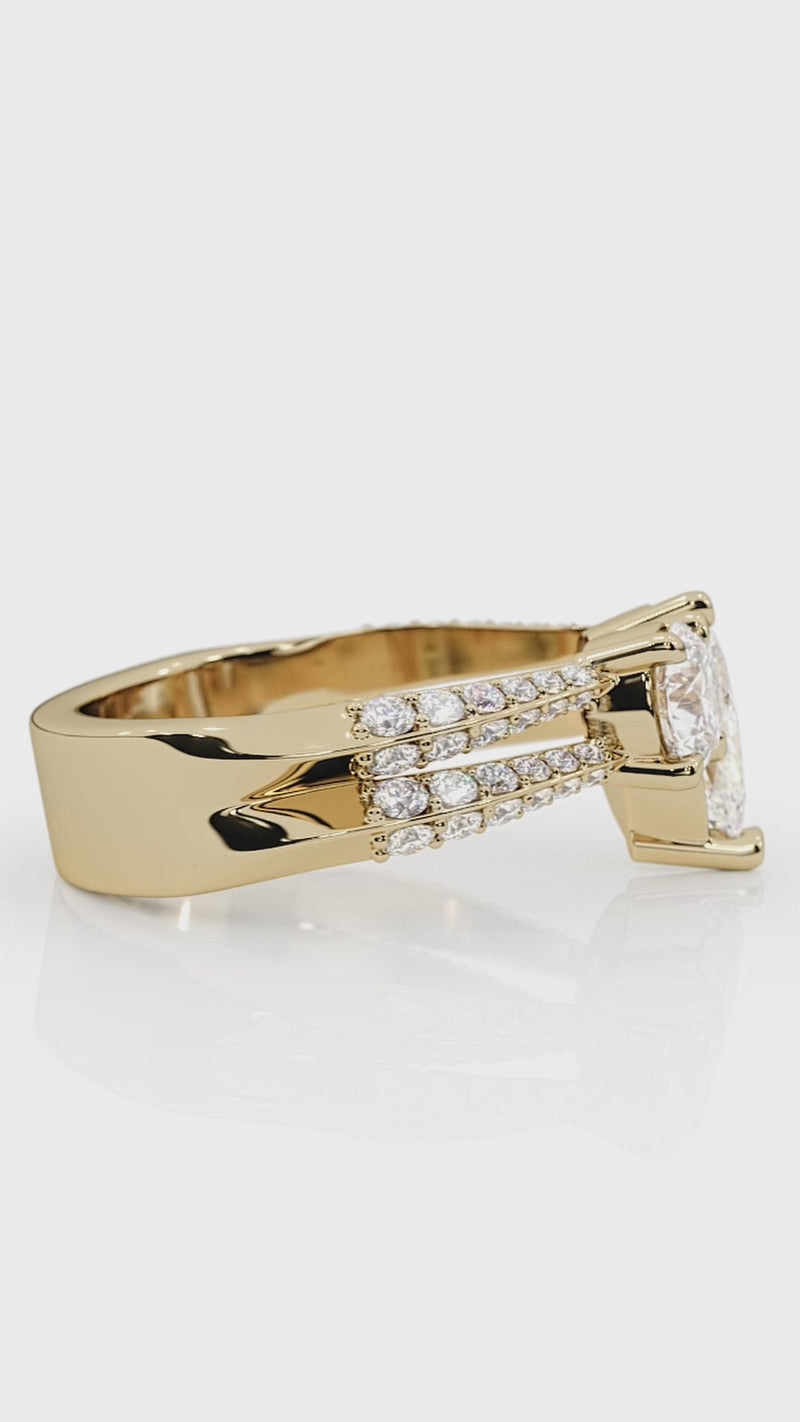Diamond Carat Chart: The Most Tempting of the 4 Cs
By Nick Coutu
Bold, sparkling, and undeniably captivating—a diamond’s carat weight makes hearts flutter and eyes shine. When we talk about a diamond’s worth, it’s often the carat weight that gets top billing. But how much does size really matter? In this comprehensive guide, we’ll explore the Diamond carat chart, unravel the interplay between carat weight and the other 4 Cs, discuss lab-grown alternatives, and reveal how you can get the most stunning stone without compromising quality.
Whether you’re a first-time buyer or a seasoned collector, understanding the Diamond carat chart is crucial. Let’s dive in to see how carat weight, cut, color, and clarity combine to create a show-stopping spectacle.
Table of Contents
- Understanding Diamond Carat Weight
- Diamond Carat Chart Essentials
- Why Carat Weight is So Tempting
- Balancing Carat with the Other 3 Cs
- Lab-Grown Diamonds: A Modern Twist
- Expert Tips for Using a Diamond Carat Chart
- Product Spotlight: Sparkle Beyond Compare
- Your Diamond Adventure Awaits
- About the Author: Nick Coutu
- Summary
- Frequently Asked Questions (FAQ)
Understanding Diamond Carat Weight
Carat is a unit of measurement specifically used to determine the weight of a diamond. One carat equals 0.2 grams, and while it might seem straightforward, there’s more to the story. Every 100 points equals 1 carat, meaning a 50-point diamond weighs 0.50 carats.
Much like your favorite dessert, the overall taste (or sparkle) doesn’t just depend on size—it hinges on several ingredients. This is why the Diamond carat chart is indispensable for anyone aiming to grasp how carat weight corresponds to both the visual size and overall value of a diamond.
Here are three quick facts to remember about diamond carat weight:
-
Carat Does Not Equal Size: A diamond can appear larger or smaller than another diamond of the same carat weight due to shape and cut.
-
Price Jumps at Key Weights: Diamonds often surge in price at popular weights like 1 carat, 1.5 carats, and 2 carats.
-
Distribution Affects Perception: How weight is distributed (more depth vs. larger table) influences how big a diamond looks from the top.
Diamond Carat Chart Essentials
A Diamond carat chart helps illustrate the relationship between carat weight and the visual diameter of the stone. Different shapes—round, princess, oval—can make a diamond of identical weight appear slightly different in size.
Sample Diamond Carat Chart
(Approximate diameters for round diamonds)
| Carat Weight |
Diameter (mm) |
|
| 0.25 carat |
~4.1 mm |
|
| 0.50 carat |
~5.2 mm |
|
| 1.00 carat |
~6.5 mm |
|
| 1.50 carat |
~7.4 mm |
|
| 2.00 carat |
~8.2 mm |
|
(All sizes are approximate and vary by individual cut.)
In this Diamond carat chart, we see how incremental changes in weight can have a significant visual impact. However, remember that cut, color, and clarity also play leading roles in the overall brilliance of a stone.
The Carat Conundrum
Carat is often mistaken as simply the “size” of the diamond, but it is more precisely a unit of weight. One carat equals 0.2 grams. Over centuries, the term “carat” is believed to have come from the carob seed, once used as a counterweight in ancient trading because of their relatively consistent mass. While heavier diamonds often appear larger, shape and cut also significantly influence a stone’s perceived size.
Why is Carat so tempting?
-
Immediate visual impact: A larger rock automatically draws the eye, making it an attention-grabber.
-
Symbolism and status: Bigger diamonds often signify prestige. In engagements, an impressive carat weight can be seen (rightly or wrongly) as a measure of devotion or financial success.
-
Cultural trends: Social media posts of huge, sparkling rings fuel the desire for a show-stopping carat size.
However, Carat alone doesn’t guarantee brilliance. The “wow factor” of any diamond is tied to its Cut, Clarity, and Color. In essence, a spectacular show isn’t just about the size of the stage—it’s about the performance, the direction, and the quality of the production.
Size Isn’t Everything: The Other 3 Cs
1. Cut: The Director Behind the Scenes
Think of Cut as the diamond’s director—a well-cut diamond orchestrates light in a way that maximizes sparkle, fire, and brilliance. If the stone’s proportions and angles are poorly executed, even a large diamond can look lifeless.
-
Ideal Proportions: A skilled cutter ensures each facet is angled to reflect and refract light effectively.
-
Brilliance & Fire: These are determined by how well the diamond “handles” light, creating the much-loved flashes of white and colored light.
2. Clarity: The Cast of Characters
Clarity is about the internal purity of a diamond, or the presence (or absence) of tiny imperfections called inclusions. Think of inclusions as a cast of uninvited “characters” that can distract from the main event. Even a large diamond will lose its allure if clouded by visible flaws that muddy its sparkle.
-
Inclusions & Blemishes: Microscopic crystals or surface irregularities can interfere with the play of light.
-
Invisibly Varying Grades: Some clarity distinctions (e.g., VS1 vs. VS2) may be unnoticeable to the naked eye, highlighting how slight differences in clarity can affect value without always affecting visual beauty.
3. Color: The Dénouement
Rounding out the spectacle is Color—the subtle tint that can appear in a diamond. High-grade diamonds are typically prized for their lack of color, appearing brilliantly white or colorless in most lighting conditions. Even so, fancy color diamonds (in hues like yellow, blue, or pink) challenge the notion that colorless is always superior. Here, color is akin to the story’s dénouement, the final flourish that helps determine the diamond’s overall allure.
-
Grading Scale: The Gemological Institute of America (GIA) uses a scale from D (colorless) to Z (noticeable yellow or brown tints).
-
Fancy Colors: Rare, natural fancy color diamonds can fetch skyrocketing prices because of their uniqueness and vibrant hues.
Lab-Grown Diamonds: A Modern Twist
The diamond market has shifted dramatically thanks to lab-grown diamonds. These stones share the same chemical composition as mined diamonds but come with a friendlier price tag and often fewer ethical or environmental concerns.
Three reasons to consider lab-grown diamonds:
-
Affordability: You can afford a higher carat weight without overshooting your budget.
-
Ethical Production: Lab conditions bypass many concerns tied to traditional mining.
-
Customizable Options: Technological advancements allow growers to tweak color and clarity attributes.
When you consult a Diamond carat chart for lab-grown stones, the visual and weight relationships remain identical to mined diamonds. The big difference? You can often afford a larger gem with more remarkable clarity and color grades.
Expert Tips for Using a Diamond Carat Chart
Look Beyond the Carat Number
A 1-carat diamond with perfect proportions can outshine a 1.2-carat diamond with poor proportions. The chart is a starting point, not the final word.
Pay Attention to Milestones
Prices often jump at half-carat and full-carat marks. If your budget is tight, consider 0.90 carats, 1.45, 1.95 instead of a full carat to save money but still get a visually similar size.
Assess Diamond Shapes
Rounds show a good balance of brilliance and size for weight. Fancy shapes like oval or pear can appear larger per carat. Remember to reference shape-specific data on the Diamond carat chart.
Three Quick Reminders About the Diamond Carat Chart
-
Charts Vary: Each chart can differ slightly, especially for fancy shapes.
-
Certification Matters: Always check official grading reports alongside the chart.
-
Personal Preference is Key: The best diamond is the one you love, not the one with the biggest numbers on paper.
Time to do some diamond browsing.
If you’re ready to see how these principles apply in real life, check out our Diamond showroom at LCJewellery.com. This page allows you to see the vast number of options you have and ability to narrow down to find your perfect balance of cut, color, carat, and clarity. What do your 4 Cs of a diamond look like? Feel free to send us a message for guidance if you need!
Recommendation: Choosing a certified diamond helps protect your investment and gives you peace of mind about the gem’s specifications, authenticity, and origin.
About Me, Nick Coutu
Hello! I’m Nick Coutu, a passionate second generation jeweler with over 20 years of experience in the diamond industry. My journey began my parents founded Lessard Coutu Jewellery in the same year that I was born. I was raised among sparkling beauty and intricate craftsmanship and lucky for me, diamonds are in my blood. Over the years, I’ve dedicated myself to educating clients, ensuring they feel both informed and confident in their jewelry choices. Through my blog, I aim to simplify complex topics, making them accessible and enjoyable for everyone—from first-time buyers to seasoned collectors.
Summary
The Diamond carat chart is an essential tool, illuminating how diamond weight correlates with visual size and monetary value. While carat weight often takes the spotlight, remember that cut, color, and clarity are equally pivotal in creating a truly mesmerizing piece. Lab-grown options are also revolutionizing the industry, providing larger and higher-quality stones at more accessible prices. Ultimately, the best diamond balances all four Cs to deliver that mouthwatering sparkle we crave.
Key Takeaways
-
Carat vs. Size: A diamond’s cut and shape can influence its perceived size.
-
The Other 3 Cs: Invest in cut, clarity, and color for optimal brilliance.
-
Lab-Grown Benefits: Better prices, ethical sourcing, same sparkle.
-
Your Preference Rules: The “best” diamond is the one that resonates with your style and budget.
Frequently Asked Questions (FAQ)
1. What is a Diamond Carat Chart and why is it important?
A Diamond carat chart shows how a diamond’s weight relates to its size. It’s important because it helps buyers visualize the apparent size differences at various weights, aiding in more informed purchase decisions.
2. How does cut affect the perceived size on a Diamond Carat Chart?
A well-cut diamond can appear bigger and more brilliant than a poorly cut diamond of the same weight. The angles and proportions ensure light is reflected optimally, enhancing both brightness and perceived size.
3. Are lab-grown diamonds included in most Diamond Carat Charts?
Yes. Lab-grown diamonds have the same physical and chemical properties as mined diamonds. Any Diamond carat chart is applicable for both, as the carat weight and size correlations remain consistent.
4. Should I always go for a higher carat diamond?
Not necessarily. Bigger isn’t always brighter. If you have a strict budget, investing in better cut, clarity, or color might offer more overall sparkle than simply opting for a higher carat.
5. Where can I learn more about optimizing my diamond choice?
Check out my blog posts:
Thank you for joining me on this deep dive into the Diamond carat chart. Remember, an ideal diamond is about more than just weight. Combine carat with optimal cut, color, and clarity to achieve the dazzling sparkle you deserve. If you’re ready to explore rings or have any lingering questions, check out our Halo Round Diamond Ring or browse our other posts for more expert guidance. Good luck on your diamond journey!





